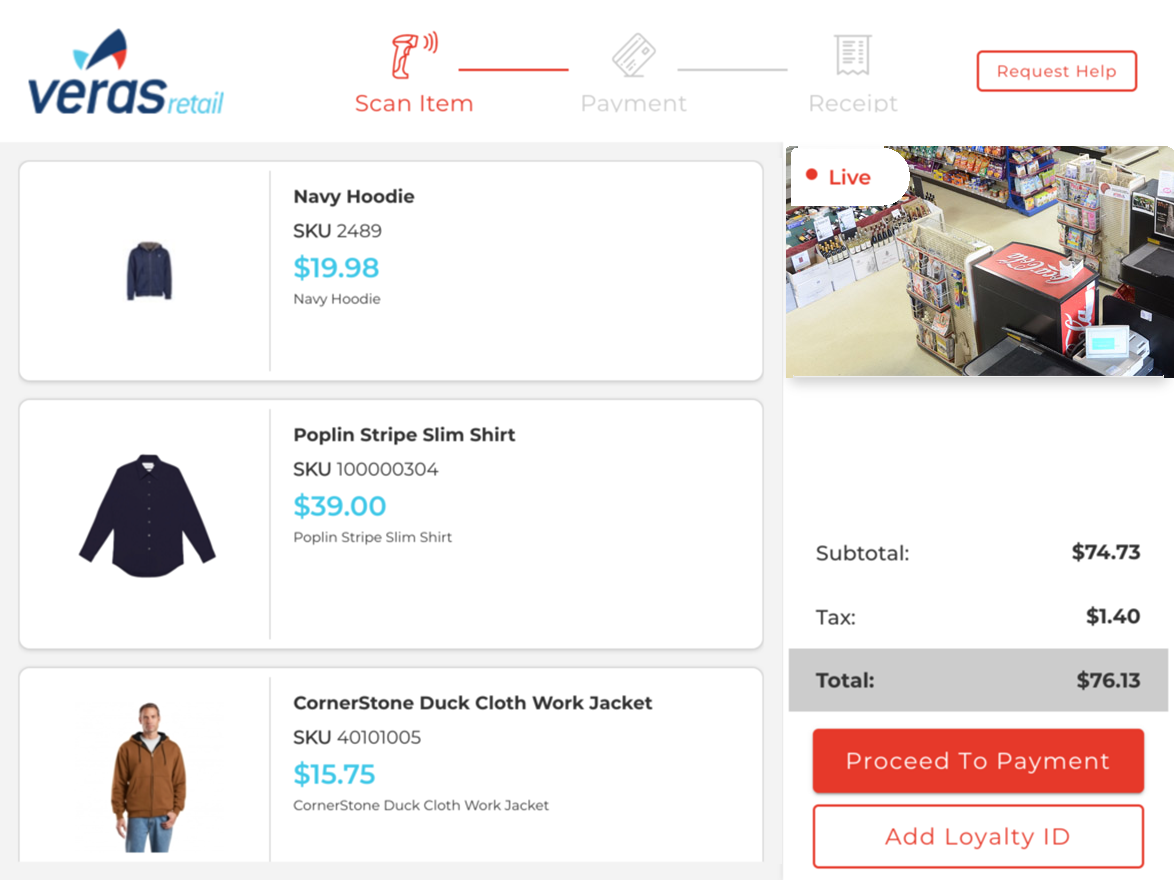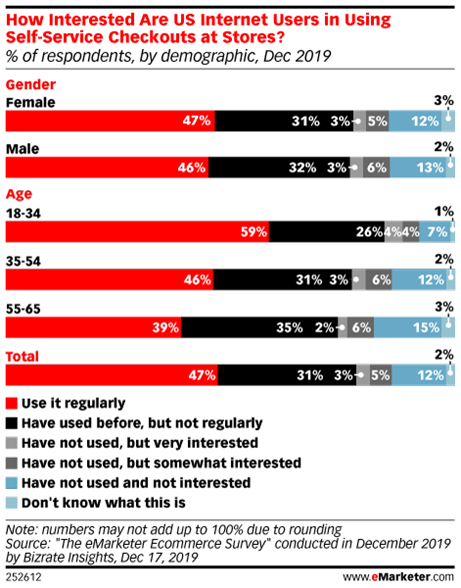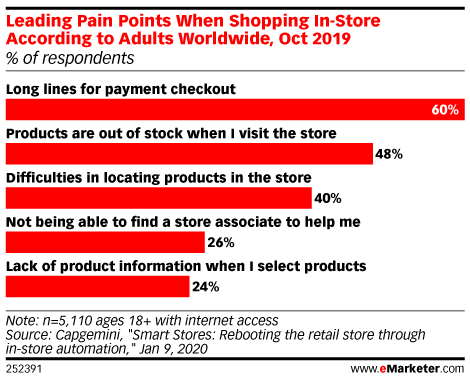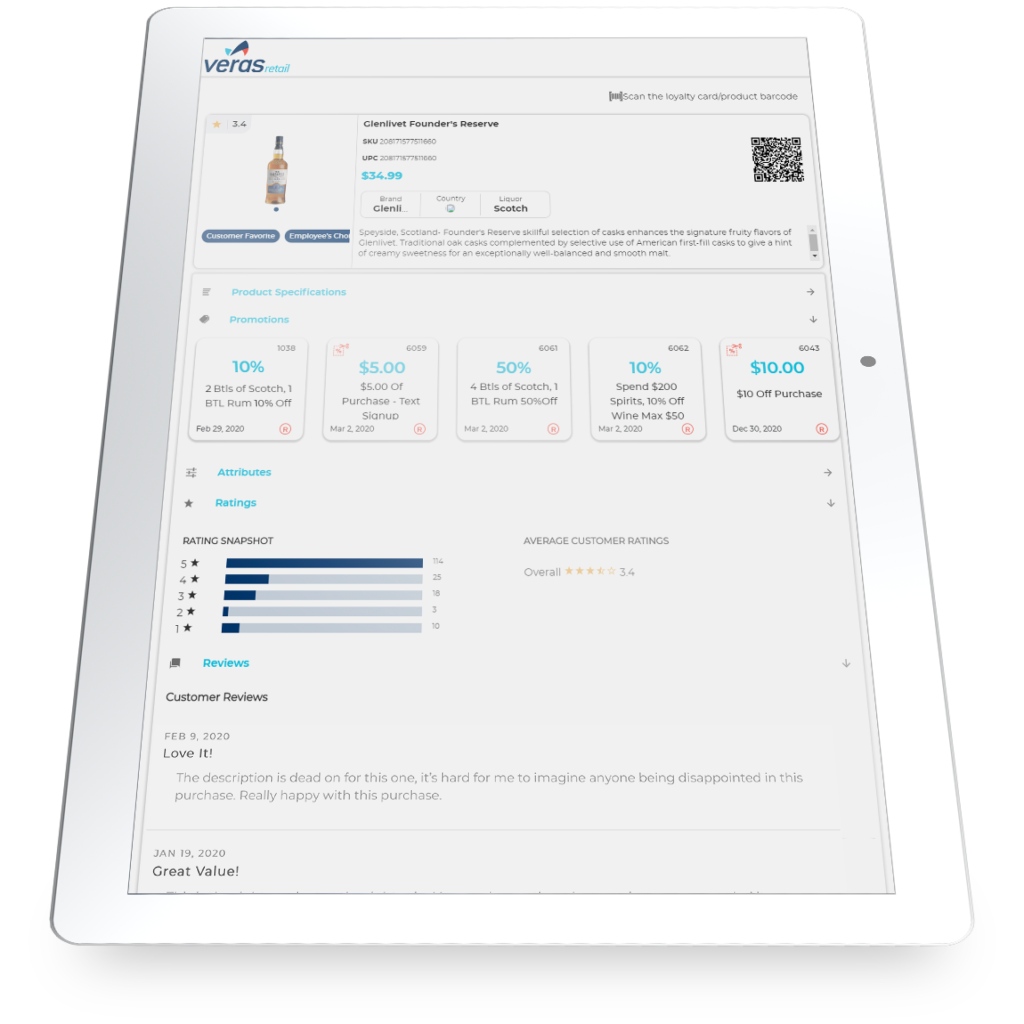COVID-19 Sparks Self-Checkout Adoption & Other Contactless In-Store Technology
May 7, 2020

The heightened safety requirements for frontline retail workers and their customers have intensified to promote more contactless interactions like self-checkout—and other in-store technology.
The launch of self-checkout systems that initially freed shoppers from what they disliked most, long checkout lines, may soon be viewed as essential in-store technology. The evolution towards self-checkout and cashless payments has been underway for decades.
The first supermarket self-checkout system called ‘the service robot’ was installed in 1992 in the Price Chopper Supermarket in New York by inventor Dr. Howard Schneider. By 2003, self-checkout systems had become widespread across the U.S. And now with over 240,000 self-checkout devices installed around the world, the self-checkout systems market size is expected to reach 7.8 billion USD by 2027, according to Grand View Research.
A Change in Self-Checkout Sentiment
COVID-19 has only accelerated the adoption of self checkout along with clear evidence in changing consumer habits. In a December 2019 survey from Bizrate Insights conducted just prior to the pandemic taking hold:
- 47 percent (nearly half) of respondents said they use self-service checkouts regularly
- 31 percent said they have used it before, though not as frequently
- Only 2 percent of respondents didn’t know what self-service checkouts were

Fast forward to today, an astounding 87 percent of U.S. shoppers prefer to shop in stores with touchless or robust self-checkout options. The survey, shared by advanced weighing technology provider Shekel, also shows that 75 percent of shoppers now use self-checkout frequently to pay for groceries.
Retailers Expected to Do a Lot More with Less
With fewer retail support staff on hand as stores reopen, many in-store workers are likely to start performing other functions such as helping with personal styling, virtual and in-store shopping assistance, e-commerce support, home delivery and other fulfillment-related activities.
However, performing these functions without the right software and technology automation would be impossible to do well (and delight) at scale. As retailers can only address so much with reduced staff and stressed budgets, let’s take a closer look at what shoppers say are their top in-store frustrations.
A recent Capgemini survey revealed:
- The largest share of respondents at 60 percent were irritated with long checkout lines
- 48 percent of shoppers said they were frustrated by products being out of stock
- 40 percent of shoppers had difficulties physically locating what they needed
- 26 percent of shoppers had trouble finding and getting help from an associate
- 24 percent of customers desired more product information when selecting products

Here are some ways Veras Retail’s unified solutions can immediately help retailers remove these top in-store pain points.
Everyone Wins with Self-Checkout
As shoppers are taking every precaution to protect themselves, they want the ability to checkout using unattended shopping for their health and safety, as well as the health and safety of retail staff. In addition to never losing a sale or customer to long wait times, retailers will benefit from:
- Maximizing personnel productivity with labor costs during surges and off-peak hours
- Shorter queues, a quicker checkout process, and greater capacity
- Language selection option at checkout makes it easier for multi-language support
- Staff resources are better directed in managing the store and serving customers in ways such as virtual shopping assistance or direct fulfillment support
Provide Shoppers with Inventory Visibility
Allowing shoppers to use smartphones to know the availability and location of merchandise before heading to stores will eliminate the frustration for nearly 50 percent of shoppers looking for a specific product. In addition to speeding purchases, consumers are more likely to shop in stores when they know ‘the item is in stock’, ‘where it’s available’ and ‘the most convenient location to get the item’.
Veras Retail can help retailers achieve much of this today through real-time connectivity from the point of sale, ecommerce, and checks against real-time inventory. Check out the full details in our blog post, Delivering on New Shopping Expectations.
User Friendly, Product-Rich Kiosks
For roughly one out of every four shopper that has trouble finding an associate for help or desiring more product information, Veras Extend’s interactive experience takes in-store kiosks to the next level. Empowering shoppers to explore on their own, Veras Extend kiosks helps minimize face time with frontline associates, which today is just another layer of exposure, and adds the following powerful customer capabilities:

- Eliminate the frustration and cost of missing or incorrect pricing
- Provide immediate customer service to shoppers when an associate is not available
- Give a full 360-product view through rich product descriptions, images, and customer reviews
- Customers will also see all applicable promotions, accessories, and complementary items
Getting back to normal routines will take time and require different shopping habits and retail solutions. As consumers look for more contactless shopping experiences whenever possible that doesn’t mean reduced service level or skimping on customer experience. In fact, quite the opposite is true.
